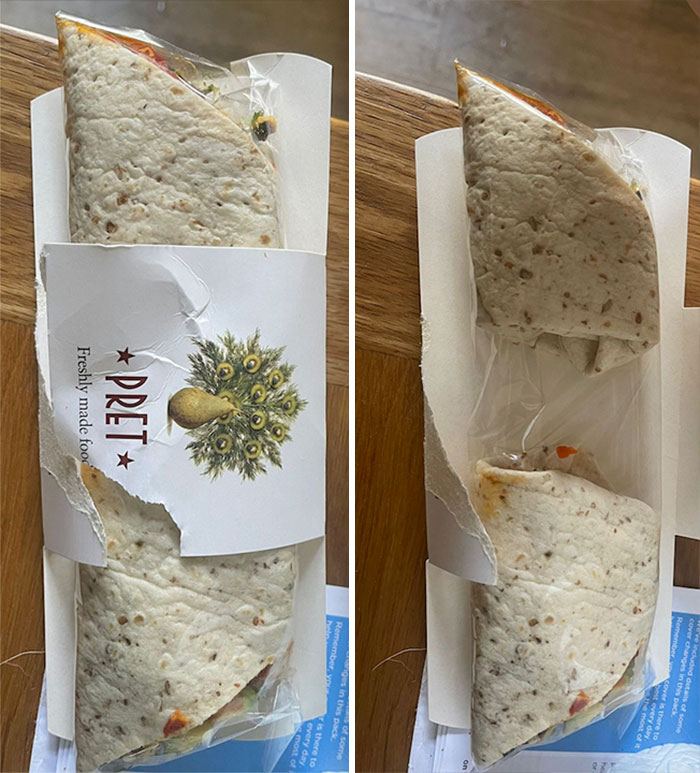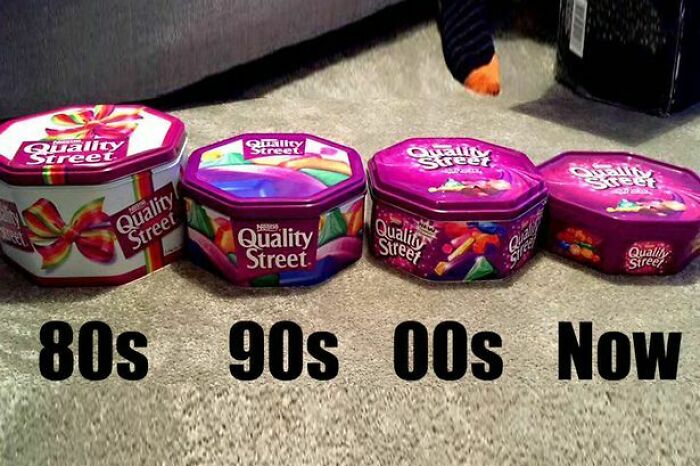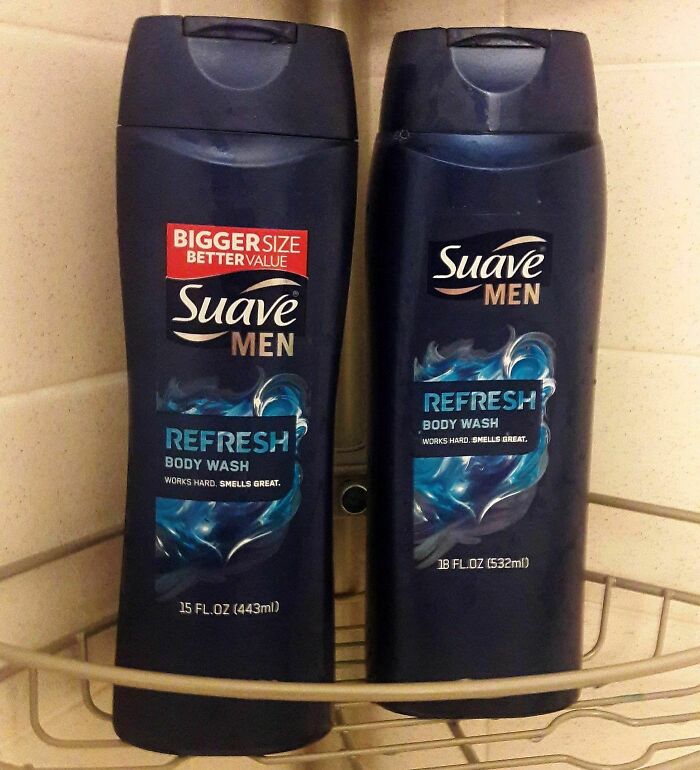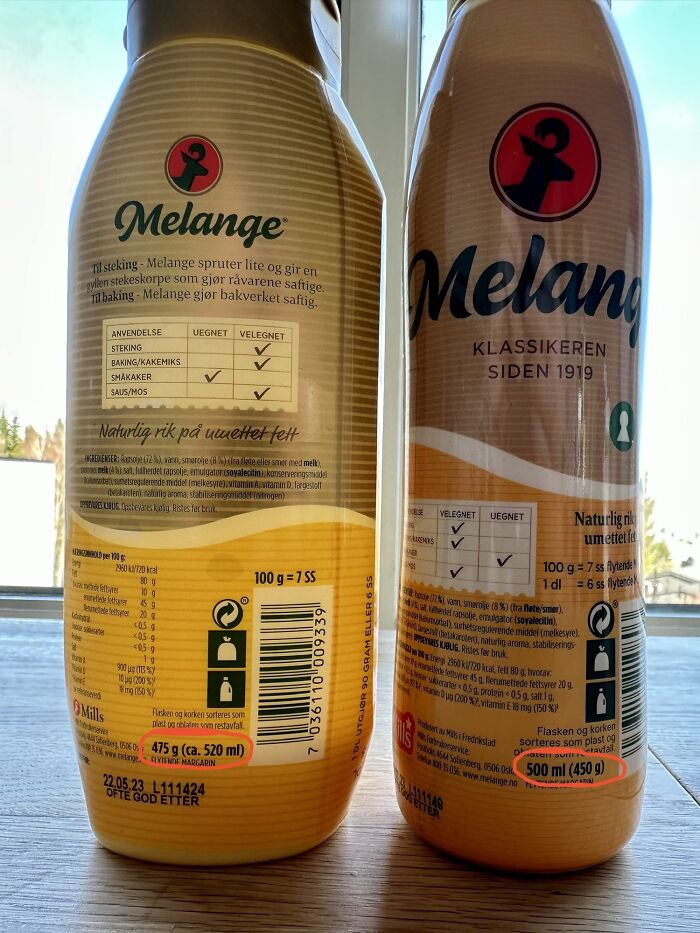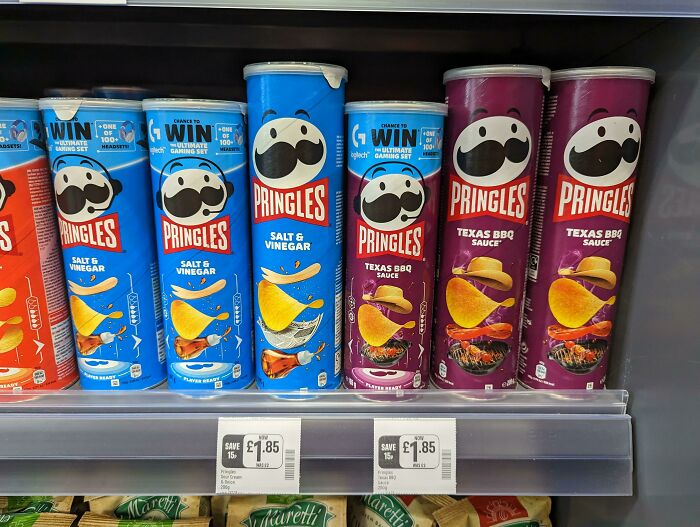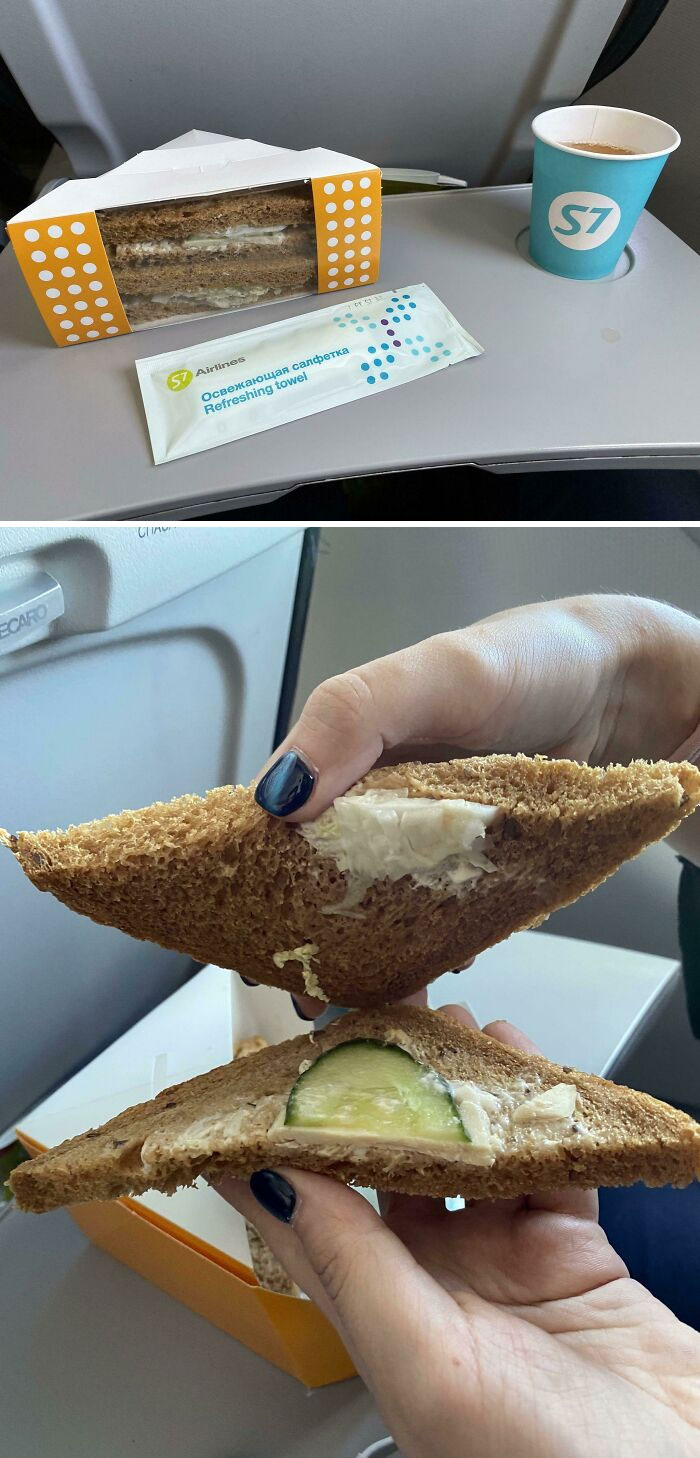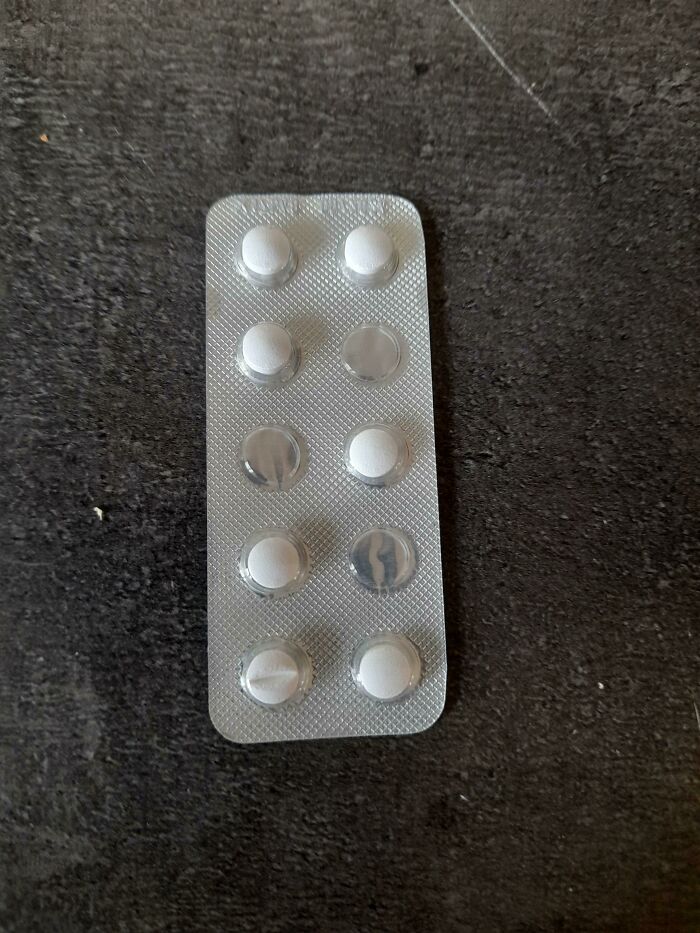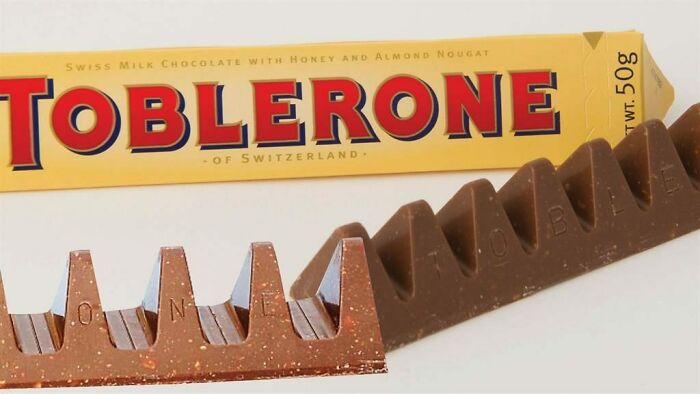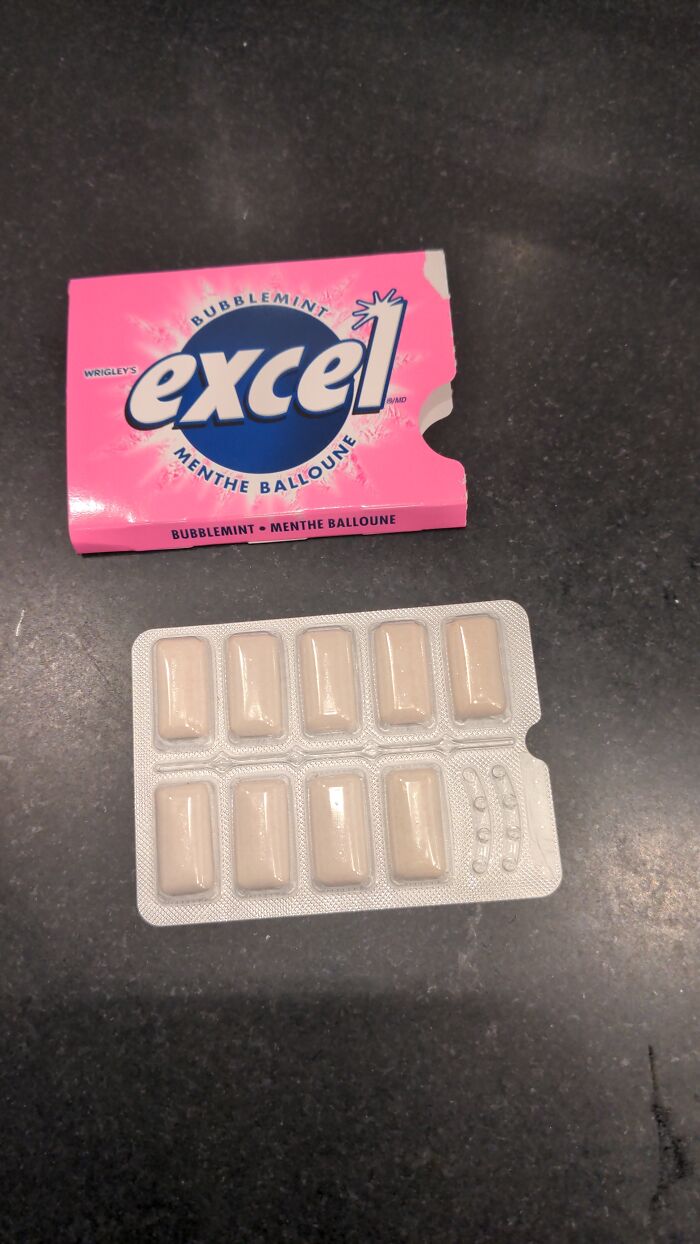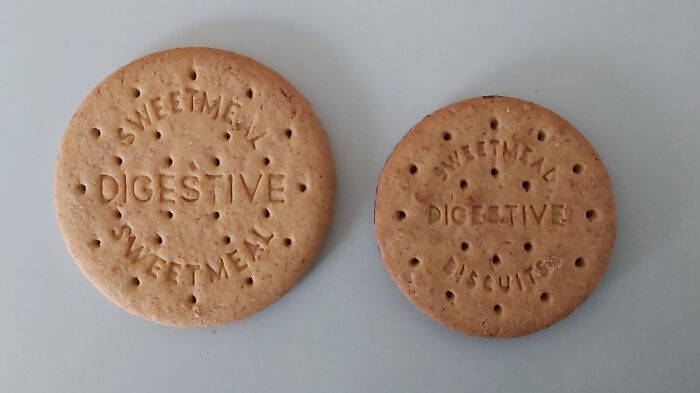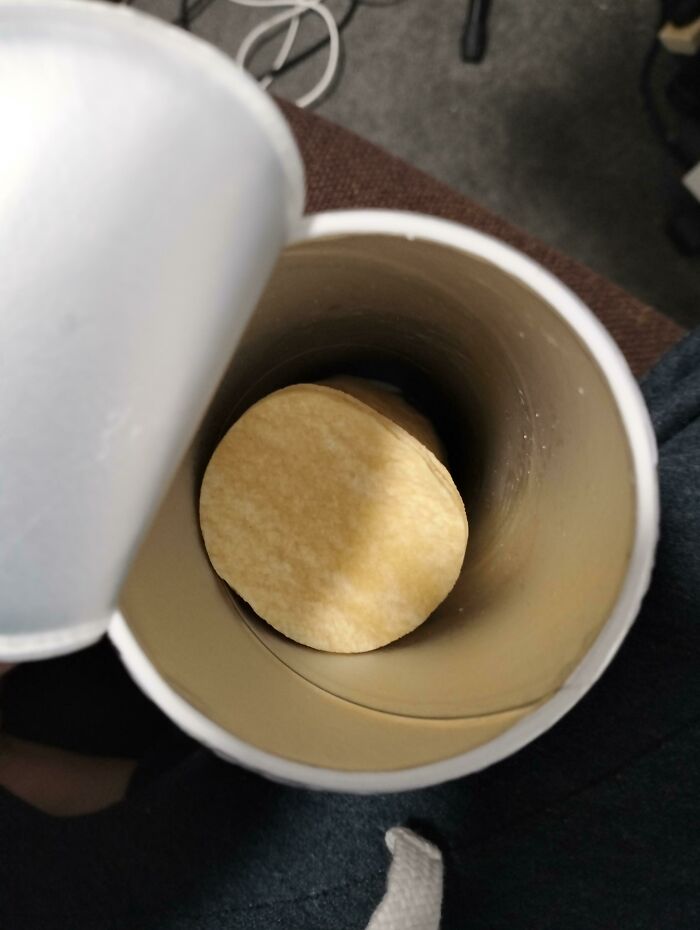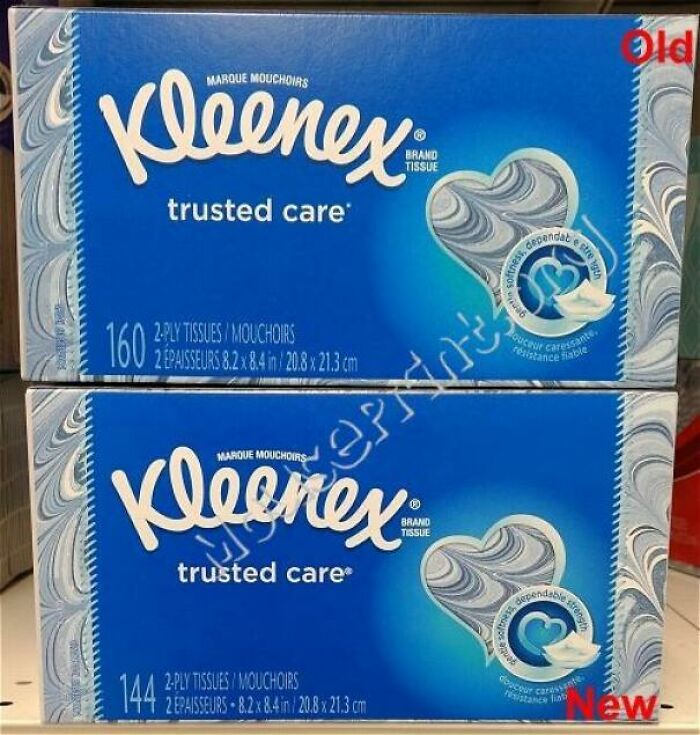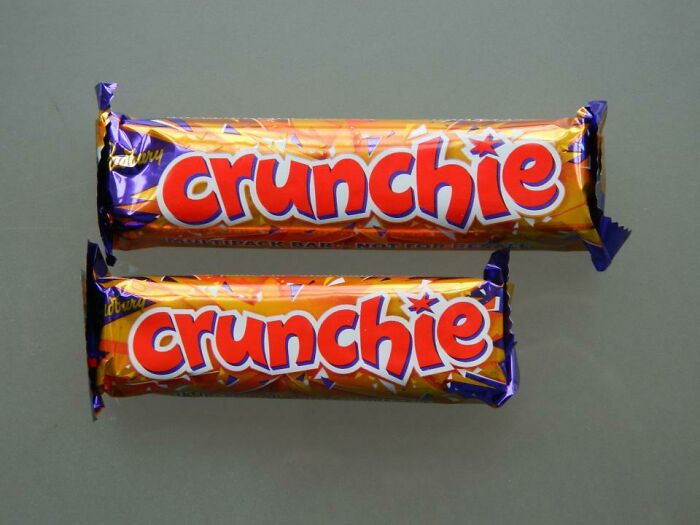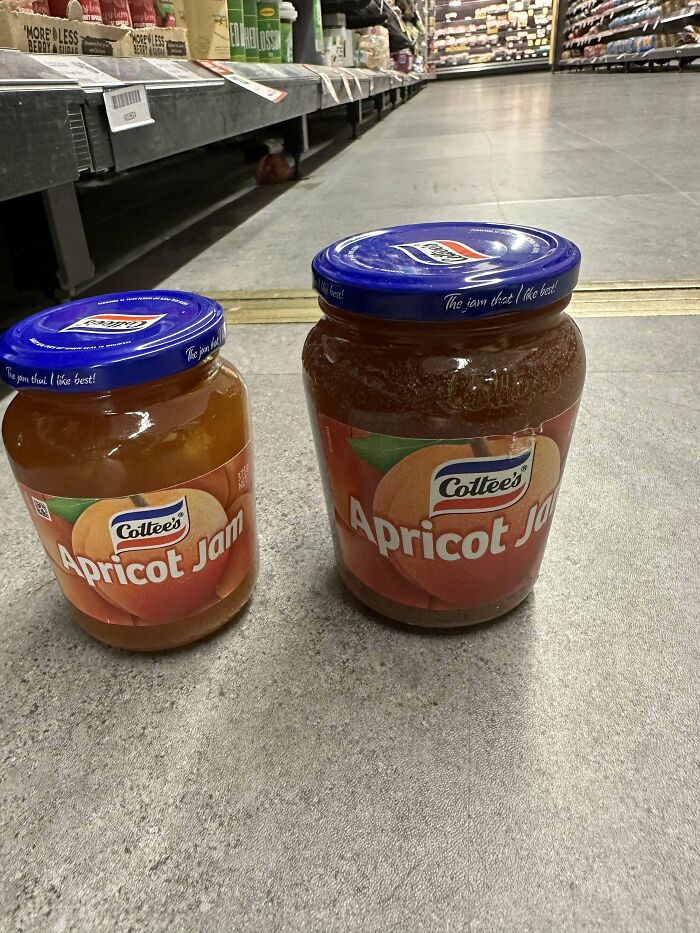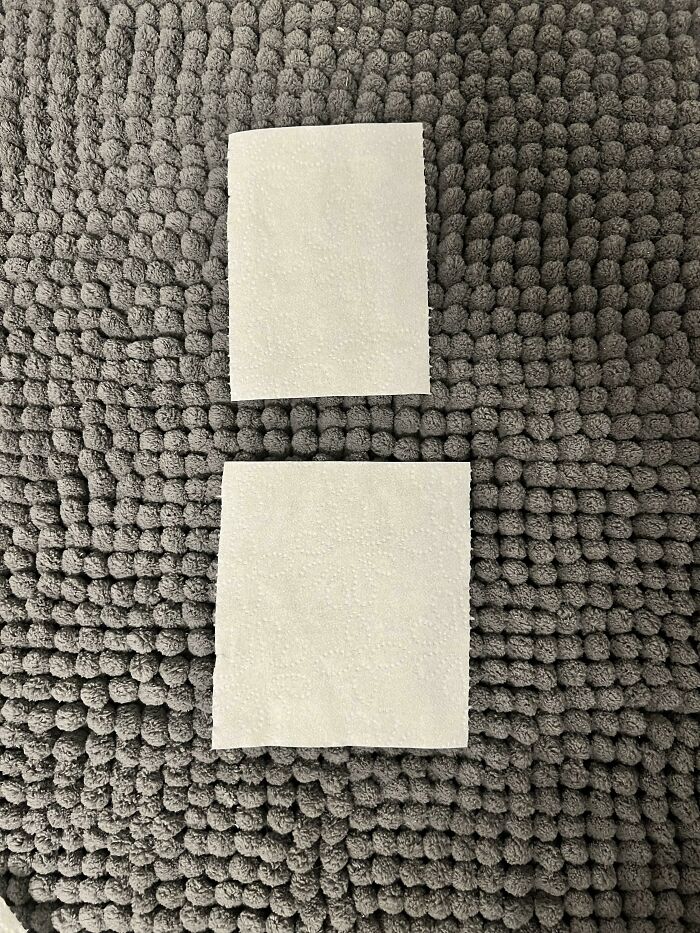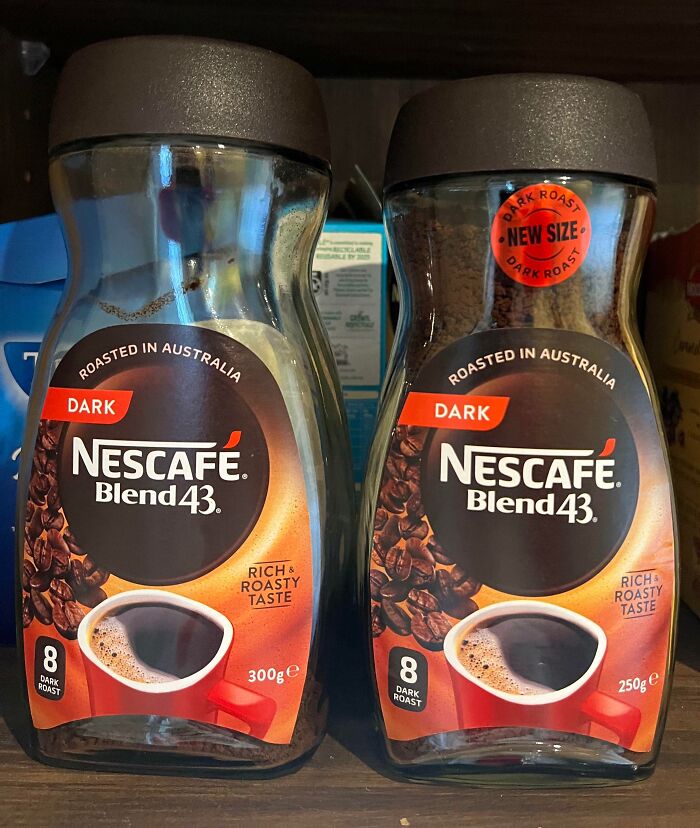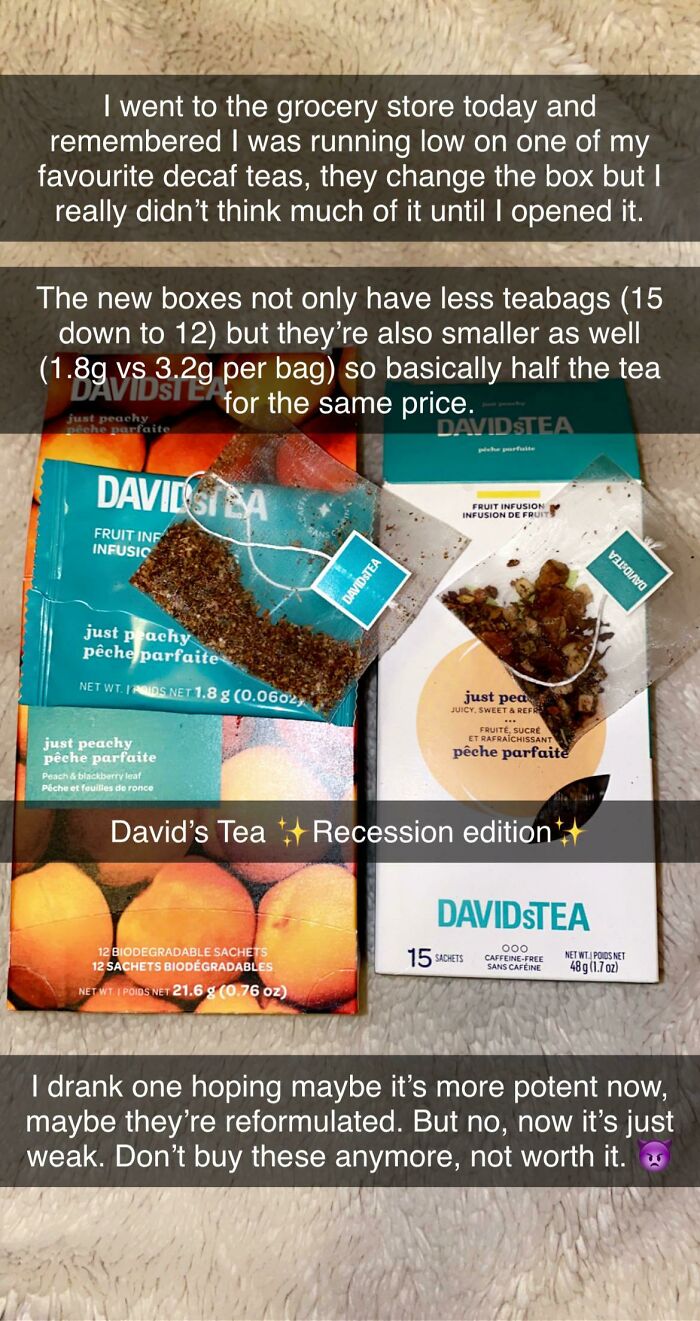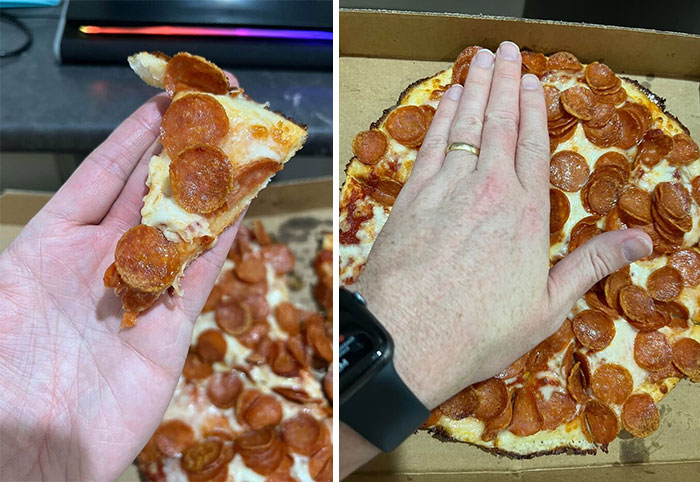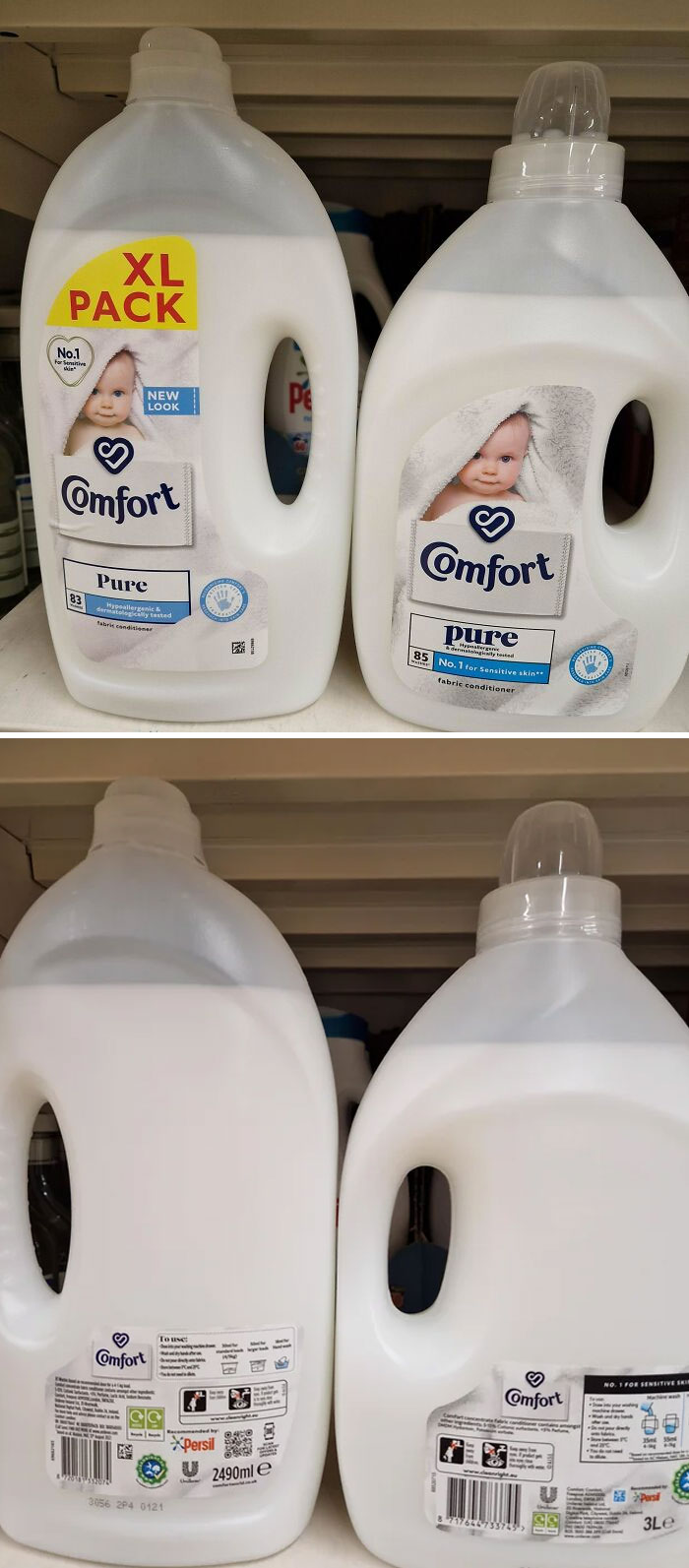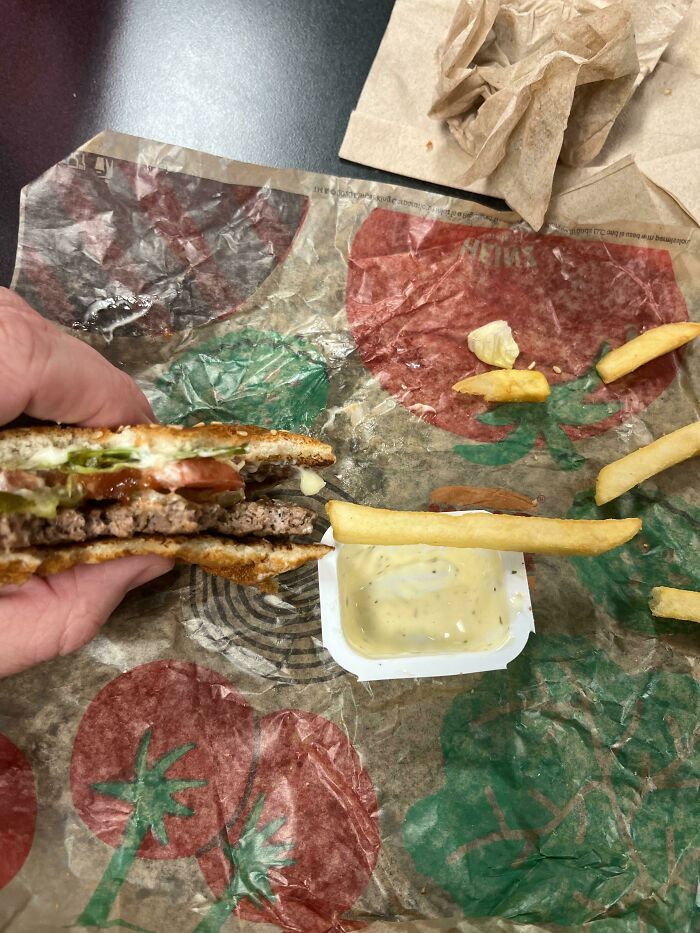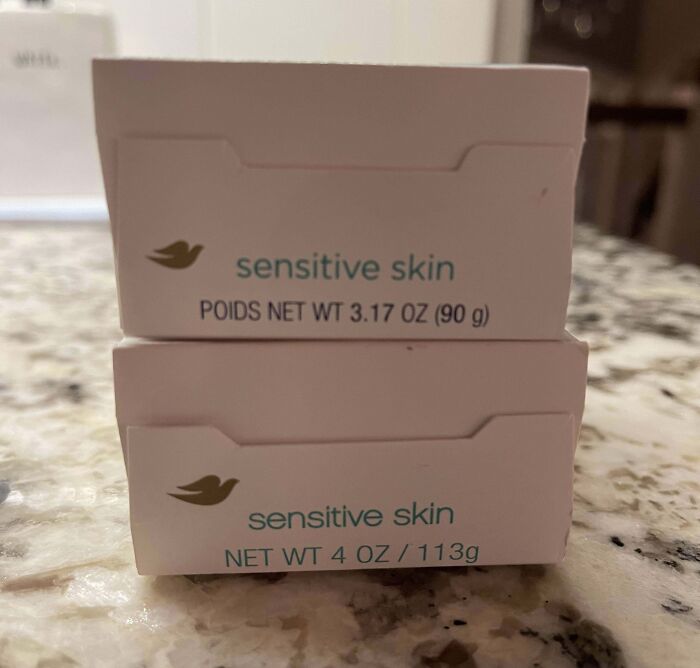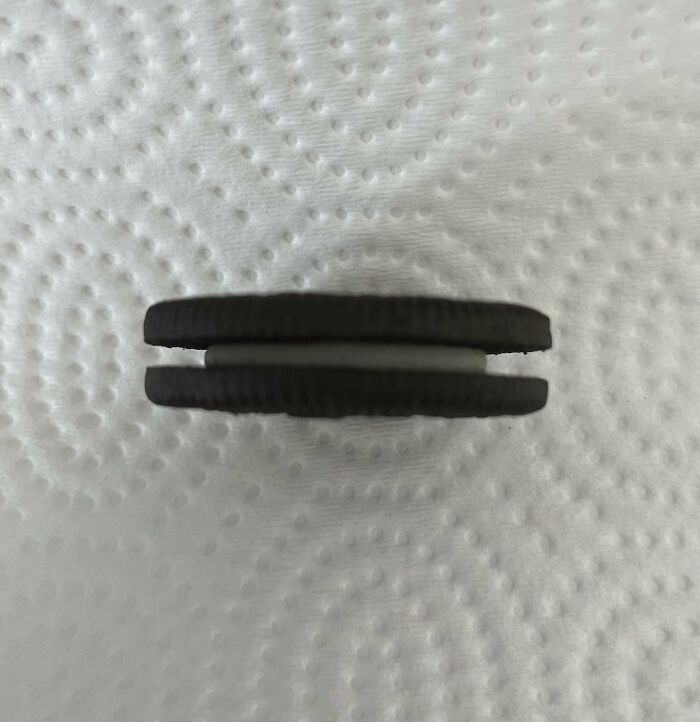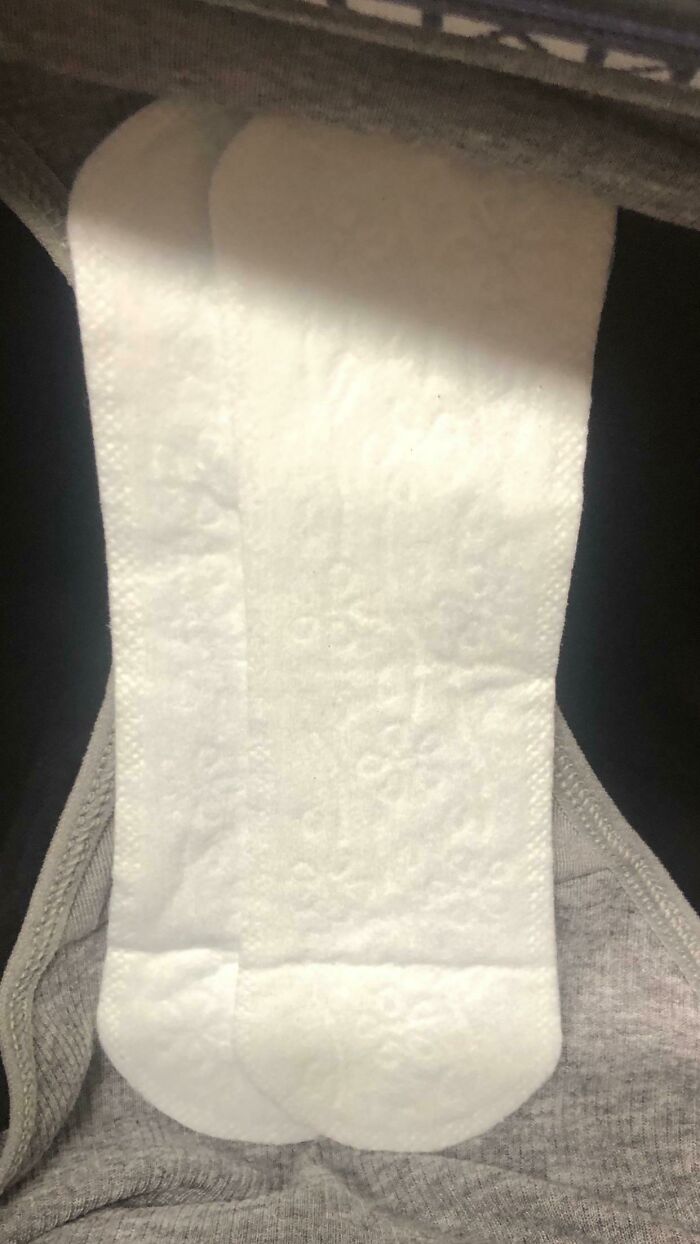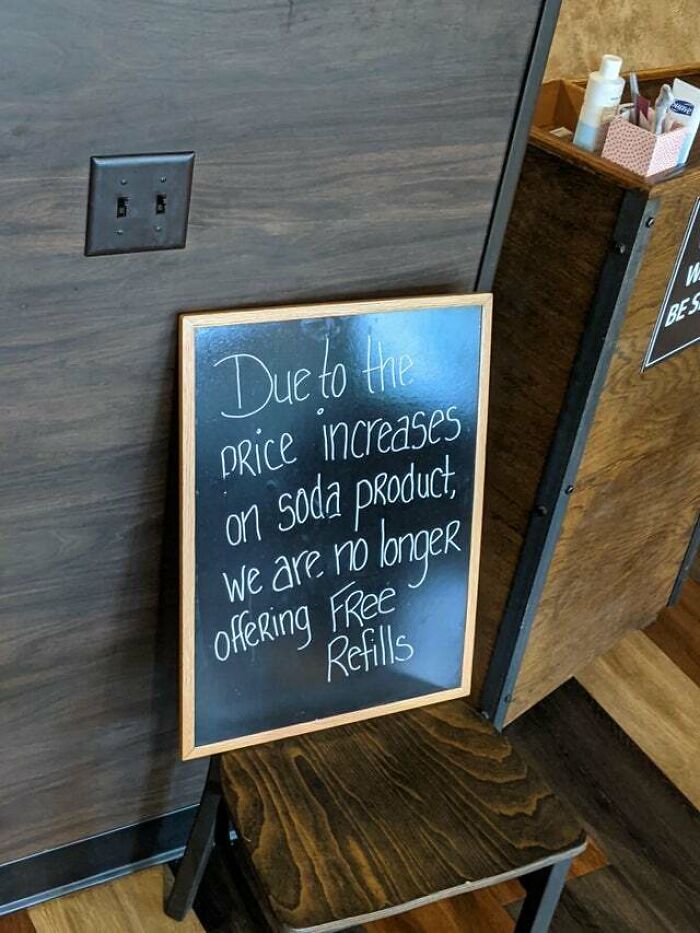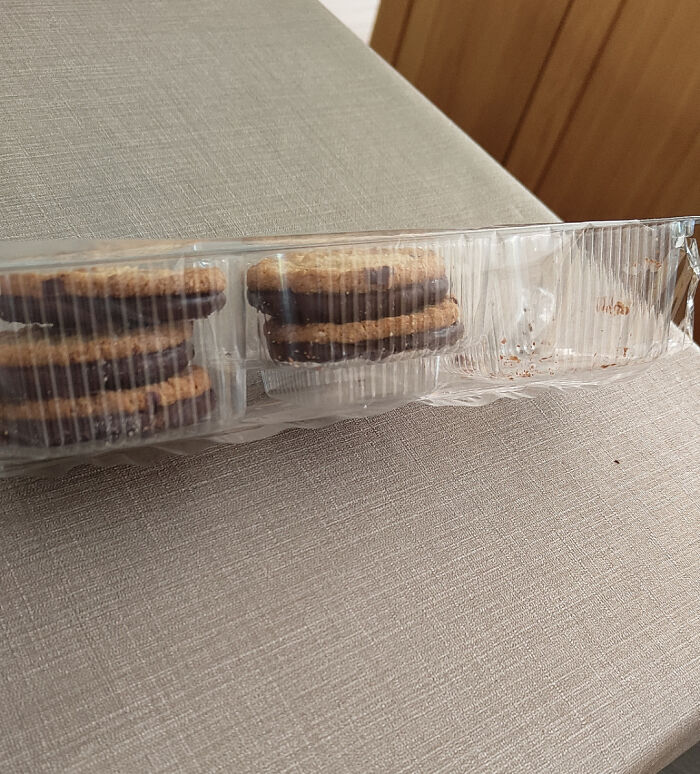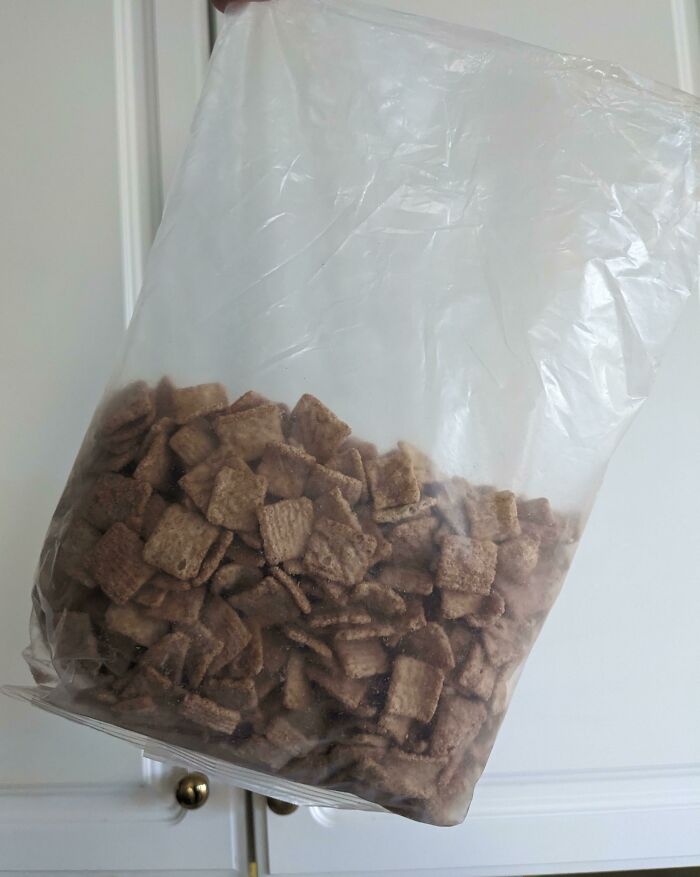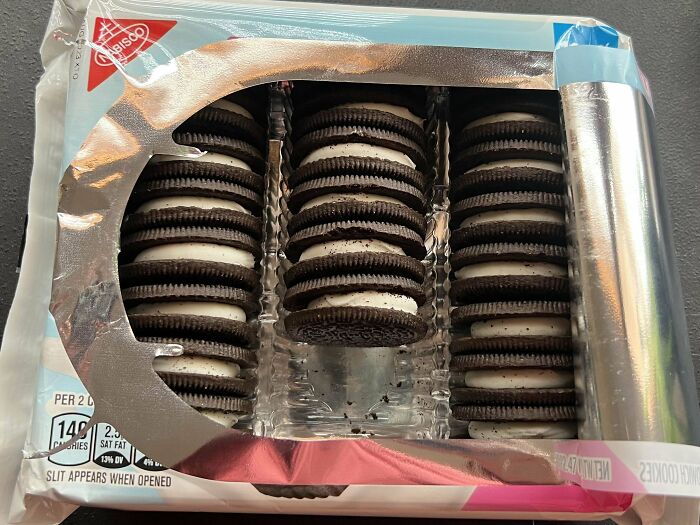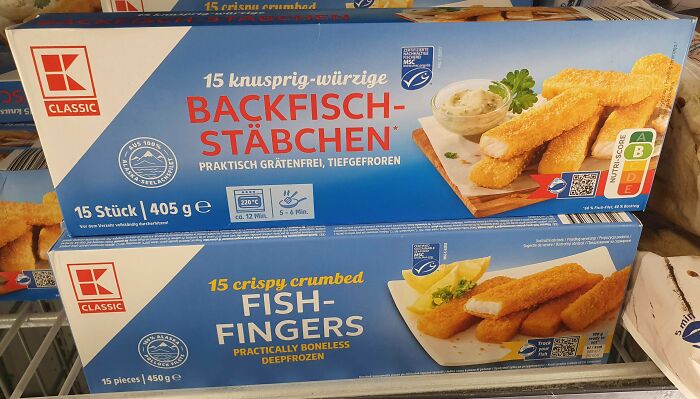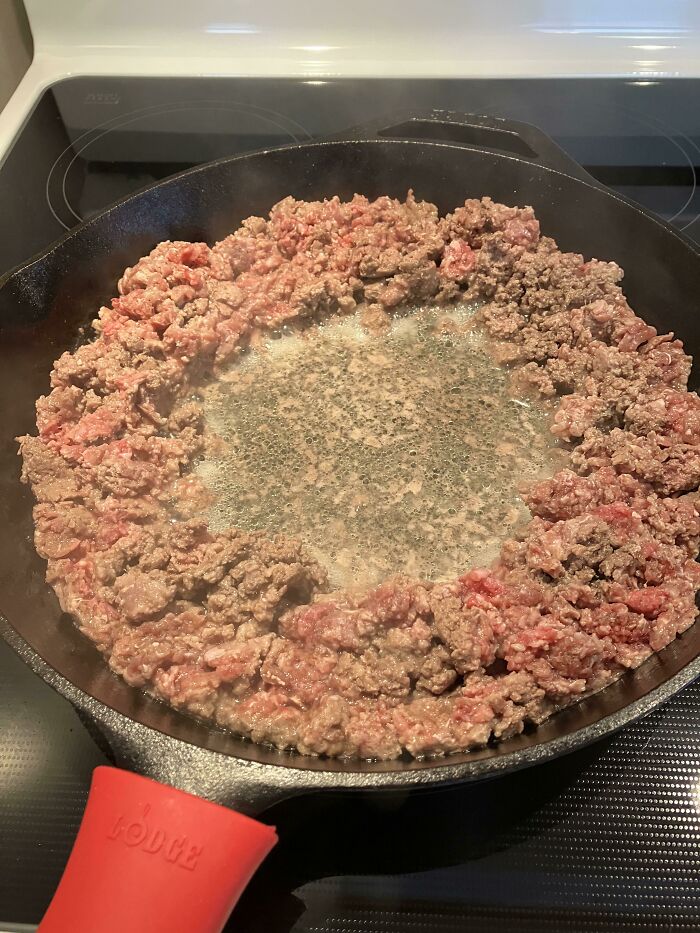No, it’s not your mind playing tricks on you or another unexpected growth spurt, dear Pandas—those products you’re buying at your local supermarket or fast food restaurant are genuinely getting smaller. Welcome to the weird world of shrinkflation, where ethics goes out the window, your purchasing power takes a nose-dive, and everyone’s grumpy about corporate decisions once they figure out what’s happening behind the scenes.
The r/shrinkflation subreddit collects some of the most egregious examples of product sizes shrinking but the prices staying the same (or, in some cases, rising). Scroll down to check out the very worst offenders that people spotted out in ‘the wild.’
Bored Panda reached out to Matt Johnson, Ph.D., a consumer psychology specialist, host of the human nature blog, and the author of ‘Branding that Means Business,’ to learn about shrinkflation. You’ll find our full interview with him, including why it’s so important for businesses to be transparent with their customers, as you scroll down below.
#1 Pret A Manger Taking Out The Main Bit
Image credits: ottercorrect
Consumer psychology specialist Johnson explained to us why businesses might choose to reduce package size instead of raising the sticker price.
“The temptation for companies to engage in shrinkflation is clear. While customers will generally notice a price increase, and are sensitive to that change, they’re much less likely to notice a reduction in the volume they’re actually consuming,” he told Bored Panda via email.
“Consumers will feel as if they’re still receiving the same value, when in reality, they’re paying the same amount for less product.”
#2 The Shrink Flation Of Quality Street Over The Years Is Truly Embarrassing
Image credits: Flying_Dutchmen_13
#3 Apparently 15oz Is “Bigger Size, Better Value” Than 18oz
Image credits: Steampunk_Dali
However, Johnson noted that shrinkflation is, in many ways, a high-risk tactic. “If they pull it off and consumers don’t notice it, they’re able to increase their margins while maintaining the same sales, and thus, increasing their profitability,” he said.
“But if consumers catch on to it, it can reflect very poorly on the brand, and risks damaging long-term sales. Consumers aren’t fans of higher prices, but at least the transaction is made transparent—they know what they’re paying, and what they’re getting,” the consumer psychology specialist said.
“Shrinkflation is more subverted. It intentionally misleads consumers into thinking they’re getting more than they are actually are. Should consumers catch on to this, this dishonesty will be reflected in a much more negative perception of the brand.”
#4 The Way They Switched The Millilitres And Grams Almost Tricked Me
Image credits: knoidez
#5 Spotted Mid Changeover
Image credits: Fred_Dibnah
#6 Attraction Of Unprecedented Generosity From S7. Chicken Sandwich
Image credits: reddit.com
According to the specialist, transparency is almost always the best practice. “To help consumers come to terms with this, they could attempt to be upfront about this downsizing and even to frame ‘less’ as positive,” Johnson pointed out that creativity can help turn these tough situations into opportunities.
“For example, framing a smaller volume product as ‘minimalist,’ or in the case of perishable goods like milk, to emphasize how it’s less likely to spoil. There are many ways to attempt a more positive framing, but transparency to the consumer is paramount,” Johnson told Bored Panda.
It might have been your fave packet of crisps getting slightly smaller (hi!) or a fancy brand of chocolates that seem to have fewer tasty treats that first tipped you off about the existence of shrinkflation.
Or maybe it was the sudden realization that it’s just 10 delicious double-glazed donuts you’re buying, not the usual dozen… or the fact that your top burger place (you know, the one you recommend to everyone) seems to have added a Shrink Ray(™) in the kitchen. Shrinkflation can be subtle. And it’s infuriating if it’s kept secret.
#7 My Allergy Pills I Still Have To Pay The Same Price
Image credits: Useful_Exercise_6882
#8 On The Right The Normal Toblerone And On The Left The New Shrinkflated Toblerone
Image credits: Flying_Dutchmen_13
#9 Nothing Is Sacred
Image credits: industrious-beaver
The r/shrinkflation online community is home to nearly 64.2k internet users who discuss the murky practice of corporations reducing the size of their products while still charging customers the previous price.
The photos they share are real-life evidence that this effect is actually happening in stores and isn’t just some theory. And most of you Pandas reading this probably have anecdotal evidence of shrinkflation in action from your own trips to the grocery store.
Investopedia attributes the coining of the term shrinkflation (also known as ‘package downsizing’ in business) to British economist Pippa Malmgren. Shrinkflation is a response to rising production costs or increased market competition, and this subtle tactic is most often used by companies that sell food and beverages. However, there is the risk that consumers will be put off by the brand if they notice this happening.
#10 Chocolate Digestives Disappeared Off The Shelves For 2 Months, Then Came Back 27% Smaller
Image credits: new-username-2017
#11 Just Opened This Pack Of Pringles It’s Just Disappointing
Image credits: doctorbiscuit12
#12 Why Shrinkflate The Package If You Can Just Put Less Product In The Same Box
Image credits: Flying_Dutchmen_13
According to Investopedia, shrinkflation is a form of hidden inflation, and companies rely on the fact that many of their customers won’t spot a decrease in package size, even if they might spot rising sticker prices. All of those reductions in size and quantity quickly add up, resulting in more savings and profit for the business.
The fact of the matter is that most shoppers don’t check the size of a product and, instead, focus mostly on its price. It’s only after a few rounds of shrinkflation (and possibly some of your friends grumbling about how there’s even more air than crisps in the pack) that we might finally grasp what’s going on.
#13 Shrinkflation At Its Finest
Image credits: Flying_Dutchmen_13
#14 New Cottee’s Jam!
Image credits: breazy_777
#15 Costco Kirkland Signature Toilet Paper, Sheet From 2023 vs. 2022
Image credits: messupbad
Based on the findings of the UK’s Office for National Statistics, a jaw-dropping 2,529 products decreased in size between 2012 and June 2017. During that same period of time, merely 614 products became bigger. This shows just how common package downsizing is among food and beverage businesses.
#16 Shiny Stickers Can’t Fool Me
Image credits: Safe_Investigator_25
#17 David’s Tea, Such A Dramatic Difference…
Image credits: CorruptSoulGem
#18 What $15usd Buys You At Dominos In Australia Now. This Is A “Large”
Image credits: RevolutionaryTap8570
It can’t be understated just how tiny some of these changes are. The Guardian reported back in 2021 that Walkers cut two packets of crisps from its 24-bag multipacks while keeping the price stable at £3.50. Meanwhile, KP peanut bags, which cost £2.50 at the time, were reduced in size from 250g to 225g. These are all changes that your regular shopper, who’s rushing about, might not spot in their day-to-day visits to the supermarket.
#19 New ‘Xl Pack’ Fabric Conditioner
Image credits: Accomplished-Rule-69
#20 Added A Roll From A New Package Of Toilet Roll
Image credits: Jo_Doc2505
#21 The Fries Are Thicker Than The Burger. Burger King, Jr. Whopper
Image credits: Not_on_a_log
Probably the most obvious way to protest against shrinkflation is to stop buying brands that reduce their product size. You can, instead, buy their competitors’ products (which, hopefully, haven’t been getting smaller either!) or decide to boycott the product entirely. However, it’s far easier for most people to switch to a cheaper brand of crisps or chocolates, or peanuts than it is to give up these guilty pleasures altogether.
#22 My Dad Sent Me This, He’s Very Passionate About Shrinkflation
Image credits: stinkbugsaregross
#23 Not The Oreo Filling! Damn Shrinkflation!!!
Image credits: TheHomieAbides
#24 Life Brand Long Panty Liners Used To Be Wide Enough To Cover The Width Of Your Panty Crotch. If You Have A Period, Don’t Worry About Pink Tax Any Longer. Shrinkflation Is Doubling Down On You From The Other Side
Image credits: SaintMarieRS3
Though if you feel like most or even all businesses are, at this moment in time, being exceptionally sneaky, it might be best to cut back. At least for a while, until they come to their senses. Vote with your wallet!
With people paying the same (or more) for less, money can feel tight for many families. We’ve covered on Bored Panda before how everyone can cut back and budget better when it comes to their groceries. You could, for instance, cut back on red meat to help balance your spending, and choose to go for other sources of protein.
#25 Does This Count?
Image credits: Salty-Address815
#26 That Packaging
Image credits: Sad-Hill876
#27 The Amount Of Cinnamon Toast Crunch That Comes In The Box Now
Image credits: PsghettiToes
Next, choose to buy items in bulk and at a large discount. Of course, your fridge might not be able to fit all the groceries, but if you cooperate with your family, friends, and neighbors, you can all stand to save some dough. Meanwhile, keep in mind that so long as you freeze food the right way so it doesn’t spoil, you won’t be sacrificing its nutritional value. And remember, just because a fruit or a vegetable might not look ‘presentable’ doesn’t make it less delicious if you plop it in a stew or throw it into your wok.
#28 Oreo Changed Their Row Direction And Decreased Net Weight. Price Had Been Steadily Increasing As Well
Image credits: OkIntroduction7560
#29 Shrinkflation Combined With Price Bump = Absolute Greed
Image credits: Zingol1
#30 Definitely No Water Added To This Ground Beef To Increase Weight /S. Not Sure If This Fits But It’s A Crappy Practice Either Way
Image credits: privatehabu
Have you ever noticed any shrinkflation in your local area yourselves, dear Pandas? What are some of the most egregious examples of package downsizing that you’ve stumbled across? What’s your first reaction when you realize what’s going on? Share your thoughts in the comments.
In the meantime, if you’d like to see some more times companies thought they could get away with reducing product sizes, check out Bored Panda’s earlier features here and here.
Go to Source
Author: Mindaugas Balčiauskas

